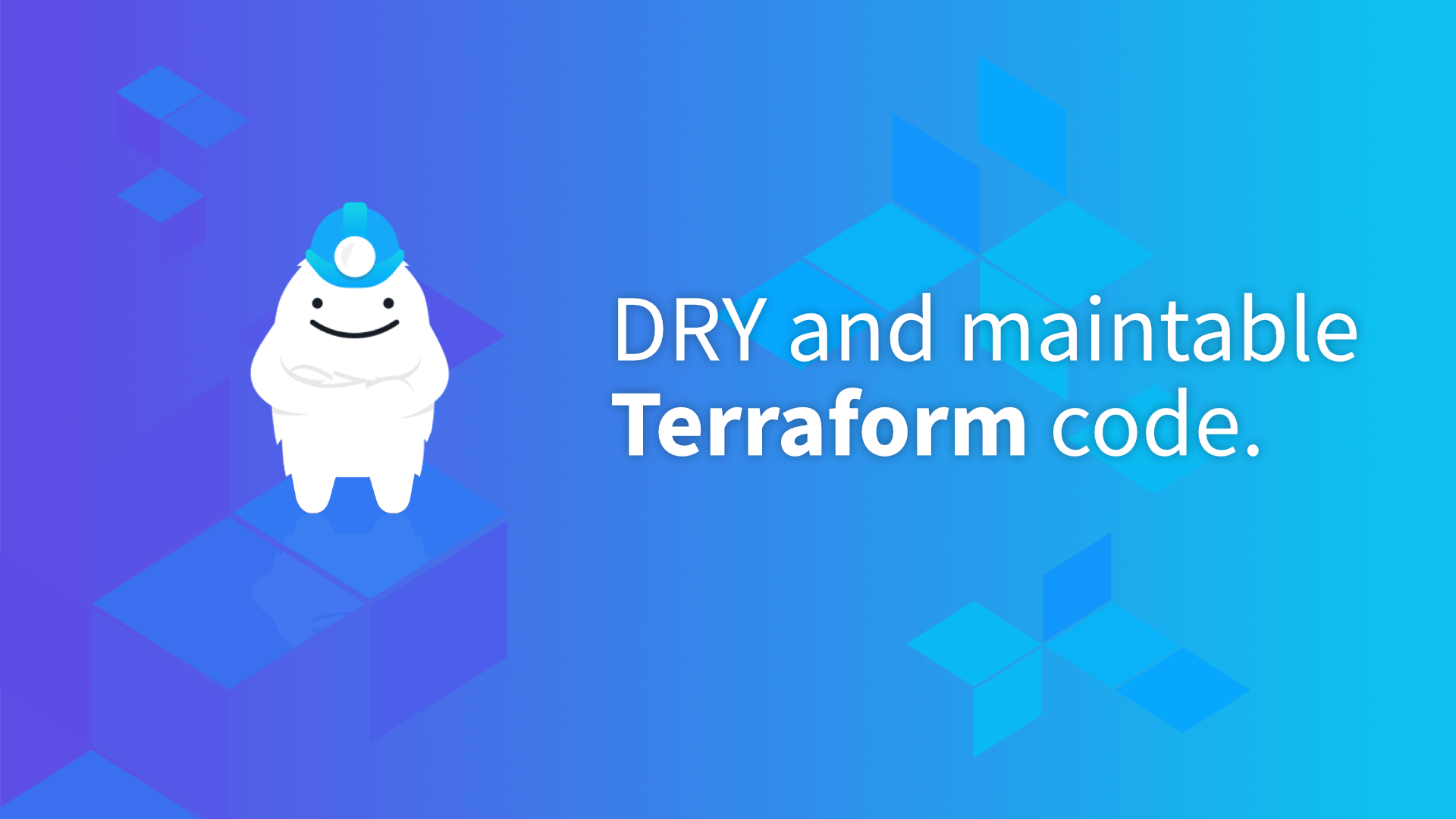Terraform Automation: Executing Without Interactive Prompts
Learn how to automate Terraform workflows and eliminate manual approvals by executing actions without the interactive prompt.
Learn how to automate Terraform workflows and eliminate manual approvals by executing actions without the interactive prompt.
In Terraform, you can automate the approval process for applying changes by using the -auto-approve flag. This flag instructs Terraform to skip the interactive confirmation prompt and proceed with the execution plan automatically. To use this flag, simply append it to your Terraform commands, such as terraform apply -auto-approve. However, exercise caution when using -auto-approve, particularly in production environments. It's generally advisable to thoroughly review the execution plan before applying any changes to ensure their correctness and prevent unintended consequences.
Use the -auto-approve flag: When running Terraform commands like terraform apply, add the -auto-approve flag to bypass the interactive prompt that asks for confirmation.
For example, instead of running:
terraform applyRun:
terraform apply -auto-approveThis will automatically approve the execution plan and apply the changes without requiring your input.
Note: Using -auto-approve should be done cautiously, especially in production environments. It's generally recommended to review the execution plan before applying changes.
This code snippet explains how to use the -auto-approve flag with the terraform apply command to automatically apply changes without manual confirmation. It uses an example of creating an AWS S3 bucket to illustrate the process. The description emphasizes that while -auto-approve is convenient for testing and development, it bypasses the plan review step and should be used cautiously, especially in production environments. It recommends always reviewing the execution plan using terraform plan before applying changes in critical settings.
This example demonstrates how to use the -auto-approve flag with terraform apply.
Scenario:
Let's say you have a simple Terraform configuration to create an AWS S3 bucket:
resource "aws_s3_bucket" "example" {
bucket = "my-tf-test-bucket"
acl = "private"
tags = {
Name = "My bucket"
}
}Normal Execution:
terraform plan to see the proposed changes.Using -auto-approve:
Combined Plan & Apply: You can combine planning and application with a single command:
terraform apply -auto-approveThis will automatically create the S3 bucket without any interactive prompts.
Caution:
While convenient, using -auto-approve bypasses the important step of reviewing the execution plan. This can be risky, especially in production environments.
Recommendation:
-auto-approve for testing and development environments where the impact of potential errors is minimal.terraform plan before applying changes in production.This example highlights the use of -auto-approve for efficiency but emphasizes the importance of careful consideration and review, especially in critical environments.
Alternatives to -auto-approve: While less convenient, there are safer ways to automate Terraform workflows without blindly applying changes:
State Management: Be extra cautious when using -auto-approve with remote state management. Accidental changes could impact other team members or environments.
Resource Targeting: You can combine -auto-approve with -target to limit its scope. This allows you to automatically apply changes to specific resources while still requiring confirmation for others.
Documentation: Clearly document the use of -auto-approve in any scripts or automation tools. This helps other team members understand the potential risks and take appropriate precautions.
Version Control: Always commit your Terraform code and state changes to version control, especially when using -auto-approve. This provides an audit trail and allows for easier rollbacks if necessary.
| Feature | Description | Caution |
|---|---|---|
-auto-approve flag |
Automates Terraform deployments by skipping the interactive confirmation prompt during terraform apply. |
Use with caution, especially in production. Review execution plans before applying changes to prevent unintended consequences. |
In conclusion, the -auto-approve flag in Terraform provides a way to streamline infrastructure deployments by automating the approval process. While this can be beneficial for efficiency, especially in development and testing scenarios, it's crucial to exercise caution. Bypassing the confirmation step poses risks, particularly in production environments where unintended changes can have significant consequences. Always prioritize a thorough review of execution plans using terraform plan and consider safer automation alternatives like CI/CD pipelines or platforms like Terraform Cloud/Enterprise for enhanced control and collaboration in managing infrastructure as code.
 Command: apply | Terraform | HashiCorp Developer | Automatic Plan Mode. When you run terraform apply without passing a saved plan file, Terraform automatically creates a new execution plan as if you had run ...
Command: apply | Terraform | HashiCorp Developer | Automatic Plan Mode. When you run terraform apply without passing a saved plan file, Terraform automatically creates a new execution plan as if you had run ... Terraform Cheat Sheet - 23 Terraform CLI Commands & Examples | This Terraform Cheat Sheet guide (+pdf) will help you get straight to the commands you need when using the Terraform CLI!
Terraform Cheat Sheet - 23 Terraform CLI Commands & Examples | This Terraform Cheat Sheet guide (+pdf) will help you get straight to the commands you need when using the Terraform CLI! Command: console | Terraform | HashiCorp Developer | The terraform console command provides an interactive console for ... not be able to use the console while performing other actions that modify state.
Command: console | Terraform | HashiCorp Developer | The terraform console command provides an interactive console for ... not be able to use the console while performing other actions that modify state.terraform init /... CLI options | Learn about all CLI arguments and options you can use with Terragrunt.
CLI options | Learn about all CLI arguments and options you can use with Terragrunt.